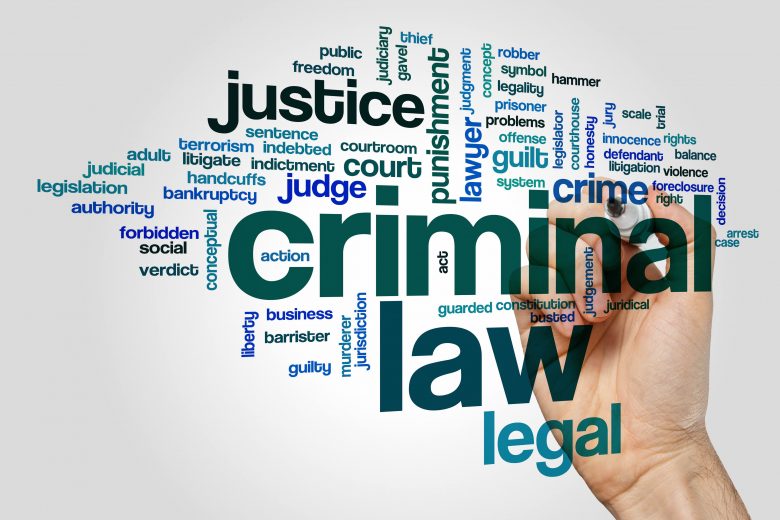A Glance to Criminal Liability of Legal Entities Under the Penal Code of Iran
In April 2013, the Penal Code of Iran (herein after “PCI”) has been subject to partial amendments in regards to discretionary punishments, among which is the concept of criminal liability of legal entities which has been adopted by the legislator in a relatively positive manner. Though, compared to the former PCI, some scholars may deem the latter step well but not sufficient enough to cover the deficiencies related to such concept, herein we would like to have a swift overview to what has been approved by the legislator in this respect.
In recognition of criminal liability for legal entities, Iranian legislator has taken the stricter approach (i.e. Brain Theory vis-à-vis Respondent Superior) as is accepted in some other legal systems by providing that the principle in criminal liability, is individual’s liability and the legal entity would merely be held criminally liable in the event that its legal representative under its name or in line with its benefits commits a crime. Thus, the criminal liability of legal entities does not hinder the individuals as perpetrators of the crime to be held criminally liable (Article 143 of PCI).
However, when it comes to loss/damage and Diah (blood money) a broader approach has been adopted by the legislator as provided in Note to Article 14 which articulates:
Quote
“If the causal relation between the behavior of legal entity and the occasioned damage is ascertained, Diah (blood money) and loss would be claimable”
Unquote.
Albeit, enforcement of punishments on legal entities, shall be in accordance with Article 20 of PCI which prescribes “in the event that the legal entity is deemed liable on the basis of Article 143, taking into account the severity of the committed crime and its harmful consequences, such entity would be sentenced to one or two of the set punishments, this matter would not hinder the individual to be sentenced to punishments”.
Punishments which are prescribed for legal entities in this respect are provided:
Quote
- Dissolution of legal entity;
- Confiscation of the whole property;
- Prohibition from one or more professional or social activity permanently or for maximum 5 years;
- Prohibition from public invitation in order to increase capital permanently or for maximum 5 years;
- Ban on issuance of some of negotiable instruments or for maximum 5 years;
- Fiscal penalty;
- Publishment of conviction via media.”
Unquote.
Nevertheless, the legislator has excluded governmental and/or public non-governmental legal entities from the set punishments where they have acted in the governing capacity under Note to the supra mentioned Article.
Further, it is noteworthy that the legislator has taken a combinative approach towards the criminal lability of legal entities within the context of Computer Crimes Law adopted in May 2009 particularly in Chapter 6, Article 19 therein.
In the light of the above, it seems we shall wait for the acts of judges to scheme the jurisprudence that might illuminate the ambiguities that may rise once hypothetical cases put in to practice.
Submitted by Dr. Mahnaz Mehrinfar and Mrs. Golsa Daghighi

